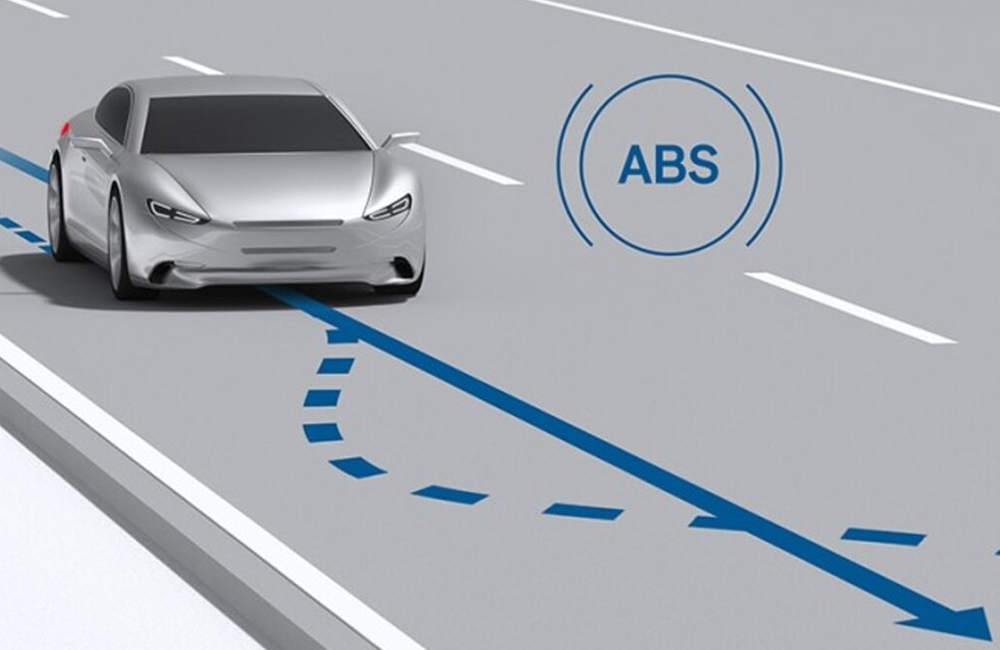When used properly, an anti-lock brake system (ABS) is a safe and effective braking system. ABS allows the driver to maintain directional stability, control over steering, and in some situations, to reduce stopping distances during an emergency braking situation, particularly on wet and slippery road surface. To gain this safety advantage, drivers must learn how to operate their ABS correctly.
First, we need to understand how ABS works. Well, this car feature works with the regular or foundation brakes on your car. ABS simply keeps your base brakes from locking up.
In cars not equipped with ABS, the driver can manually pump the brakes to prevent wheel lockup. In cars equipped with ABS, the driver’s foot remains firmly on the brake pedal, allowing the system to automatically pump the brakes.
How it works
When your brakes lock up on wet and slippery roads or during a panic stop, you lose steering control and your car can skid off the road, into a fellow driver or hit an obstacle.
Rear wheel ABS prevents wheel lockup so that your car stays in a straight line. If your car has ABS control on all four wheels, you also keep steering control. If you have steering control, it is possible to avoid a crash by steering around hazards if a complete stop cannot be accomplished in time.
Most cars after 1998 model year offer ABS as either standard. There are different ways to find out whether your car has an anti-lock brake system but the easiest is check your dashboard for an amber ABS indicator light after you turn on the ignition.
In many cars, drivers may experience a rapid pulsation of the brake pedal almost as if the brakes are pushing back at you. Sometimes the pedal could suddenly drop. Also, the valves in the ABS controller may make a noise that sounds like grinding or buzzing.
In some cars, you may feel a slight vibration this means the ABS is working. It is important not to take your foot off the brake pedal when you hear noise or feel pulsations, but instead continue to apply firm pressure. You should not pump your brakes if you have ABS. Just hold your foot firmly on the brakes pedal and remember that you can still steer.
What ABS does is similar to a person pumping the brakes. It automatically changes the pressure in your car’s brake lines to maintain maximum brake performance just short of locking up the wheels. ABS does this very rapidly with electronics.
The ABS system is designed to help the driver maintain control of the car during emergency braking situations, not to make the car stop more quickly. ABS may shorten stopping distances on wet or slippery roads and many systems will shorten stopping distances on dry roads.
On very soft surfaces, such as loose gravel, an ABS system may actually lengthen stopping distances. In wet or slippery conditions, you should still make sure you drive carefully, always keep a safe distance behind the car in front of you, and maintain a speed consistent with the road conditions.
The anti-lock brake system is speed sensitive, and may not activate at very slow speeds. One way to familiarize yourself with the operation of ABS is to test drive the car on a free road and apply the brakes firmly. It is easier to activate the ABS on a wet and slippery road surface. That way, you shall not get shocked in a situation where ABS system actually engages.


